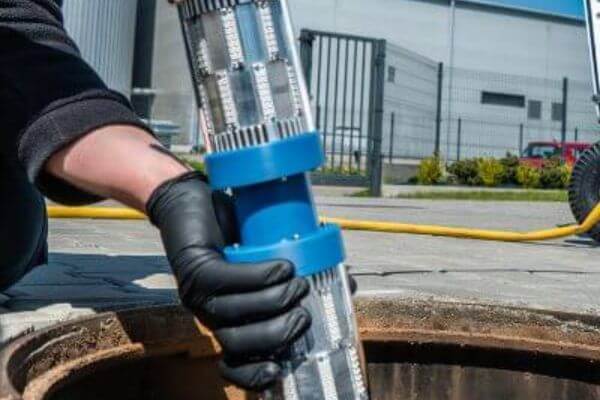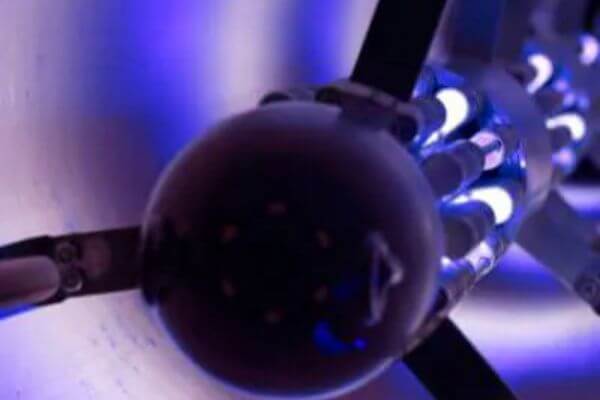The term CIPP is central to the field of pipe and sewer rehabilitation. In this article, we will explore what CIPP means, how it works, its benefits and applications, and why it is an innovative solution in the industry. With the expertise of Limpiezas Domingo, we offer you a comprehensive guide to understanding this advanced method.
What is CIPP?
CIPP is the acronym for “Cured-in-Place Pipe”. It is a trenchless method for the rehabilitation of existing pipelines without the need for extensive excavation. The CIPP process involves the installation of a resin-impregnated sleeve inside an existing pipe. This sleeve is cured in place using hot air, steam or water, forming a new pipe within the old one.
First developed in the 1970s, CIPP has evolved significantly, becoming a preferred solution for pipeline rehabilitation due to its efficiency and lower environmental impact.



Recent Comments